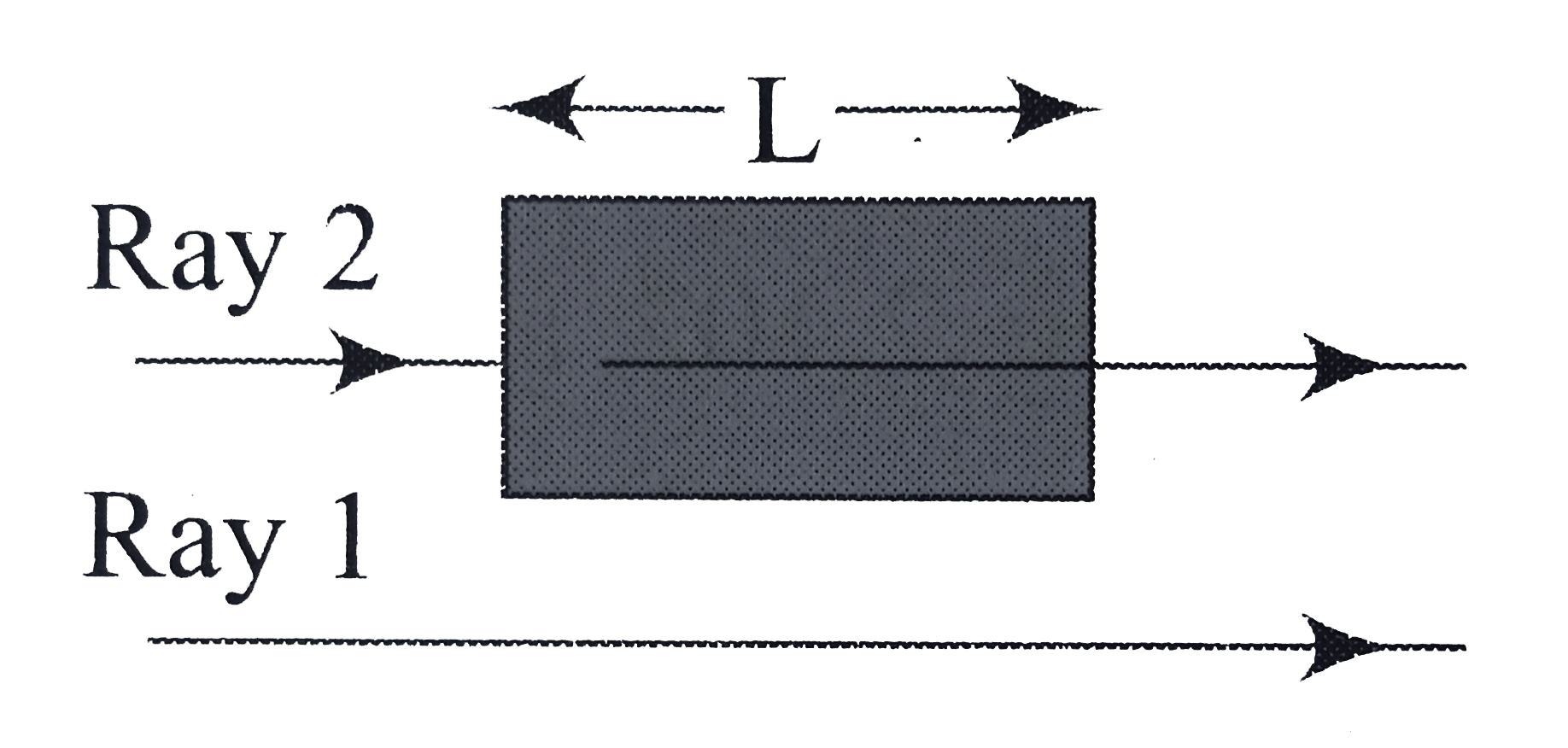Central fringe obtained in diffraction pattern due to a single slit-Solution in Gujrati
is of minimum intensity
is of maximum intensity
intensity does not depend upon slit width
none of the above
The correct Answer is:B
Step by step video & image solution for Central fringe obtained in diffraction pattern due to a single slit- by Physics experts to help you in doubts & scoring excellent marks in Class 12 exams.
Updated on:21/07/2023Topper's Solved these Questions
- WAVE OPTICSBOOK - ALLEN CHAPTER - WAVE OPTICSEXERCISE - Exercise 2 (Brain Teasures)
22 Videos
- WAVE OPTICSBOOK - ALLEN CHAPTER - WAVE OPTICSEXERCISE - Exercise 3 (Miscellaneous type Questions)
27 Videos
- WAVE OPTICSBOOK - ALLEN CHAPTER - WAVE OPTICSEXERCISE - Example 15
1 Videos
- UNIT & DIMENSIONS, BASIC MATHS AND VECTOR BOOK - ALLEN CHAPTER - UNIT & DIMENSIONS, BASIC MATHS AND VECTOR EXERCISE - Exercise (J-A)
7 Videos
Similar Questions
As shown in figure waves with identical wavelengths and amplitudes and which are intially in phase travel through difference media. Ray 1 travels through air and Ray 2 through a transparent medium for equal length L, in four different situations. Rays reach a common point on the screen. The number of wavelengths in length L is N2 for Ray 2 and N1 for Ray 1. In the following table, values of N1 and N2 are given for all four situations. The order or the situations according to the intensity of the light at the common point in descending order is Situations
1 2 3 4
N1 2.75 1.80 3.00 3.25
N2 2.75 2.80 3.25 4.00

View SolutionStatement-1: if white light is used in YDSE, then the central bright fringe will be white.
Statement-2: In case of white light used in YDSE all the wavelengths produce their zero order maxima at the same position.
View Solution_S01_033_Q01.png)
In a typical young's double slit experiment a point source of monochromatic light is kept as shown in the figure. If the source is given an instantaneous velocity v=1 mm per second towards the screen, then the instantaneous velocity of central maxima is given as α×10−βcm/s upward in scientific notation find the value of α+β
View SolutionMatch List I with List II and select the correct answer using the codes given below the lists :

View SolutionIn a single slit diffraction pattern, if the light source is used of less wave length then previous one. Then width of the central fringe will be-
View SolutionThe condition for obtaining secondary maxima in the diffraction pattern due to single slit is
View SolutionIn a single slit diffraction pattern intensity and width of fringes are
View Solutionएकल स्लिट द्वारा प्रकाश के विवर्तन की व्याख्या कीजिए तथा प्राप्त विवर्तन प्रारूप में केन्द्रीय उच्चिष्ठ की कोणीय चौड़ाई ज्ञात कीजिए।
View SolutionThe diffraction fringes obtained by a single slit are of
View SolutionIn a single slit diffraction pattern, which of the following is incorrect for fringe pattern?
View SolutionThe fringe width in single slit diffraction pattern is proportional to
View SolutionThe condition for obtaining maximum in the diffraction pattern due to a single slit is
View Solutionएक स्लिट के विवर्तन प्रतिरुप में प्राप्त केंद्रीय फ्रिंज होती है -
View SolutionNo fringes are seen in a single-slit diffraction pattern if
View Solution(a) Explain two features to distinguish between the interference patternn in Young's double-slit experiment with the diffraction pattern obtained due to a single-slit. (b) A monochromaticlight of wavelength 500 nm is incident normally on a single-slit of width 0.2mm to produce a diffraction pattern. find the angular width of the central maximum obtained on the screen. Estimate the number of fringes obtained in Young's double-slit experiment with fringe width 0.5mm, which can be accommodated within the region of total angular apread of the central maximum due to single-slit.
View SolutionWrite the distinguishing features between a diffraction pattern due to a single slit and the interference fringes produced in Young's double slit experiment.
View Solution
